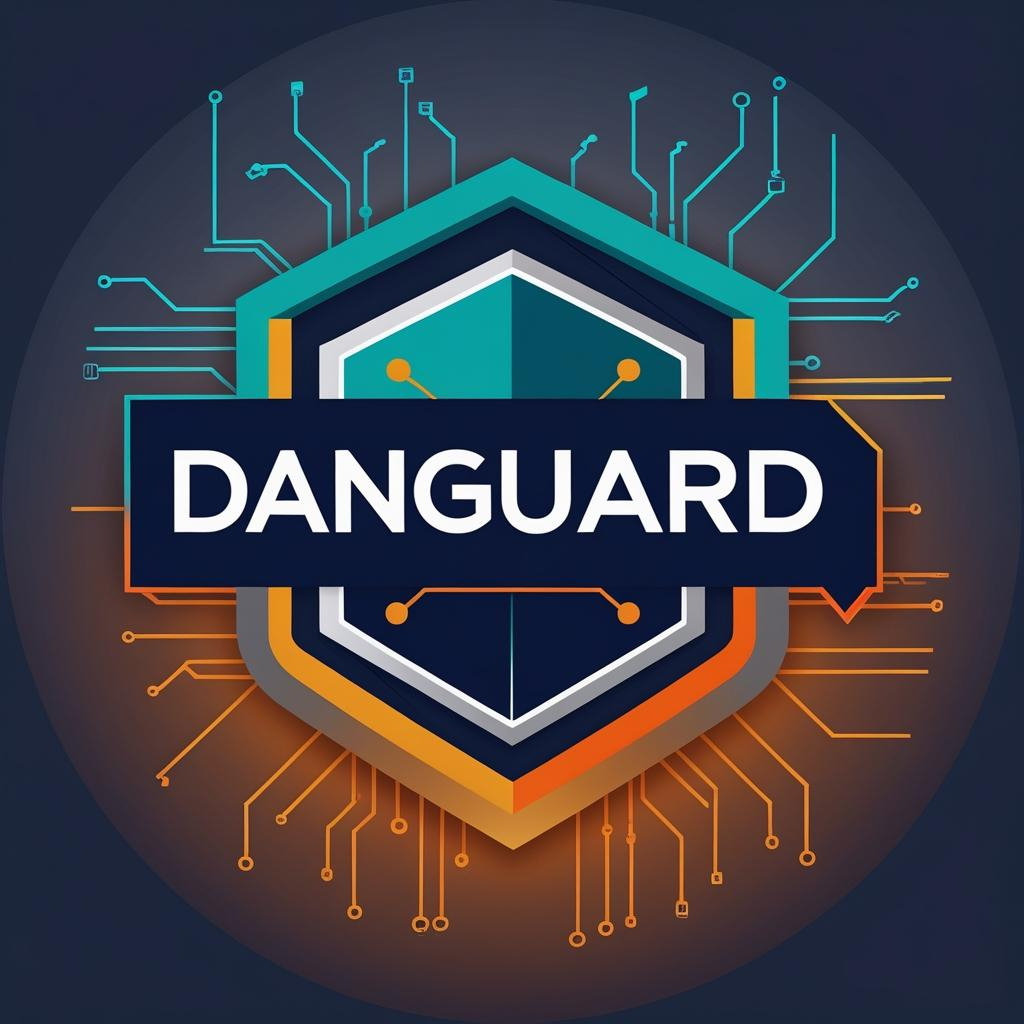Building Resilient OT Networks: A Step-by-Step Guide to Cybersecurity
In an increasingly digital world, Operational Technology (OT) networks are the backbone of critical infrastructure, industrial operations, and manufacturing processes. OT networks control everything from power plants to water treatment facilities, transportation systems, and beyond. The digitization of OT environments offers immense benefits in efficiency and performance but also exposes these networks to new and sophisticated cybersecurity threats.
Building resilient OT networks is essential for protecting against cyberattacks that could disrupt operations, cause physical damage, and compromise safety. In this step-by-step guide, we’ll explore the key strategies for securing OT environments and ensuring they remain resilient in the face of evolving threats.
Step 1: Conduct a Comprehensive OT Cybersecurity Assessment
Before implementing cybersecurity measures, it’s crucial to understand the current state of your OT environment. Conducting a thorough cybersecurity assessment helps identify vulnerabilities, map out critical assets, and prioritize security efforts.
Key Actions:
- Identify Critical Systems: Determine which OT systems are critical to operations and require the highest level of protection.
- Assess Current Security Measures: Review existing security protocols, tools, and policies in place for OT networks.
- Vulnerability Scanning: Use specialized OT vulnerability scanners to detect weaknesses in devices, control systems, and network configurations.
- Risk Prioritization: Prioritize vulnerabilities based on their potential impact on operations, safety, and business continuity.
A comprehensive assessment will provide the foundation for developing a targeted cybersecurity strategy tailored to the specific needs of your OT network.
Step 2: Network Segmentation for Security and Resilience
Segmentation is one of the most effective ways to secure OT environments. By dividing OT networks into smaller, isolated segments, organizations can limit the spread of malware or other threats and minimize the potential impact of cyberattacks.
Key Actions:
- Create Separate Zones: Divide your OT environment into secure zones based on system criticality, isolating critical control systems from non-critical or external systems.
- Implement Secure Gateways: Use secure gateways, firewalls, and virtual private networks (VPNs) to control traffic between IT and OT networks, preventing unauthorized access.
- Limit Inter-Segment Communication: Ensure that communication between different network segments is restricted to authorized personnel and devices only.
- Micro-Segmentation: For additional security, use micro-segmentation within OT zones to control access to individual devices or sub-systems, creating an extra layer of defense.
Network segmentation is a proactive measure that reduces the attack surface and helps contain any potential breaches, limiting their impact on the wider OT environment.
Step 3: Apply Strict Access Controls
OT networks require robust access control measures to ensure that only authorized personnel can interact with critical systems. Improper access control can lead to unauthorized changes, system manipulation, or data breaches, potentially leading to operational downtime or physical harm.
Key Actions:
- Role-Based Access Control (RBAC): Implement RBAC to restrict access to OT systems based on job roles and responsibilities. Ensure that each user only has access to the systems and information they need to perform their duties.
- Multi-Factor Authentication (MFA): Enforce MFA for all access points, especially for remote access to critical OT systems. This adds an extra layer of protection by requiring multiple verification methods.
- Privileged Access Management (PAM): Use PAM tools to manage and monitor privileged users who have administrative access to OT systems. This prevents misuse of privileges and allows real-time tracking of critical access activities.
- Zero Trust Approach: Adopt a Zero Trust model, where no user or device is trusted by default, even if they are inside the network. Every user, device, or system must be authenticated and verified continuously.
By enforcing strict access controls, you can significantly reduce the risk of insider threats and unauthorized access to OT systems.
Step 4: Implement Real-Time Monitoring and Threat Detection
Early detection of threats is critical in preventing cyberattacks from escalating into operational disruptions. Real-time monitoring tools that are specifically designed for OT environments provide continuous visibility into network activity, helping to identify potential threats before they cause damage.
Key Actions:
- Install OT-Specific Intrusion Detection Systems (IDS): Use OT-specific IDS to detect unauthorized access, anomalous behavior, or potential attacks on industrial control systems (ICS) and Supervisory Control and Data Acquisition (SCADA) systems.
- Security Information and Event Management (SIEM): Implement SIEM tools to collect, analyze, and correlate security events from both OT and IT networks. SIEM systems can provide alerts when suspicious activity is detected.
- Anomaly Detection: Use behavioral anomaly detection tools to establish baseline behavior for OT devices and systems. When deviations from the baseline occur, the system can flag them for investigation.
- Continuous Monitoring: Implement continuous monitoring systems that track all network traffic, communications, and device activity within the OT environment. Monitoring can help detect threats early and provide valuable data for incident response teams.
Real-time monitoring enables organizations to identify and respond to threats swiftly, preventing potential disruptions or damage to critical operations.
Step 5: Secure Remote Access
Remote access is a necessary part of modern OT environments, enabling system monitoring, maintenance, and troubleshooting from off-site locations. However, unsecured remote access is a prime target for cybercriminals, making it essential to secure these entry points.
Key Actions:
- Use Secure Remote Access Technologies: Ensure that all remote connections to OT systems use encrypted VPNs or secure tunnels. Avoid using outdated or unpatched remote desktop protocols.
- MFA for Remote Access: Enforce multi-factor authentication (MFA) for all remote connections, adding an additional layer of security to protect against compromised credentials.
- Limit Remote Access to Essential Personnel: Restrict remote access to OT systems to only those personnel who require it for their roles. Use RBAC to ensure that each user only has access to the systems relevant to their tasks.
- Monitor Remote Access Activity: Continuously monitor and log all remote access activity to OT networks. This ensures that any unauthorized attempts or anomalies can be detected and responded to in real-time.
Securing remote access is critical for protecting OT systems from external threats, especially as more systems are connected to external networks and the internet.
Step 6: Regularly Update and Patch Systems
One of the key vulnerabilities in OT networks is outdated software and hardware that lack the latest security patches. Regular patching and system updates are crucial to mitigating known vulnerabilities and protecting against exploits.
Key Actions:
- Patch Management Program: Establish a patch management program specifically for OT systems, ensuring that all critical security patches are applied as soon as they are released.
- Test Patches Before Deployment: In OT environments, it’s essential to test patches in a staging environment before deploying them to live systems. This ensures that patches won’t interfere with operational processes.
- Use Compensating Controls for Legacy Systems: Many OT environments rely on legacy systems that cannot be easily updated. For these systems, apply compensating controls such as security wrappers, firewalls, or IDS to mitigate risks.
- Vulnerability Scanning: Regularly scan OT systems for known vulnerabilities and assess whether patches are available or compensating controls are required.
By keeping systems updated and patched, you can close off known vulnerabilities that cyber attackers often exploit.
Step 7: Develop and Test an Incident Response Plan
No cybersecurity strategy is complete without a solid incident response plan. In the event of a cyberattack, having a clear and tested response plan can help mitigate damage, reduce downtime, and ensure that operations return to normal as quickly as possible.
Key Actions:
- Create an OT-Specific Incident Response Plan: Develop an incident response plan tailored to your OT environment, outlining key steps for identifying, containing, and mitigating threats.
- Train OT Personnel: Ensure that OT teams are trained to respond to cybersecurity incidents, including how to recognize attacks and follow incident response protocols.
- Run Regular Simulations: Conduct regular tabletop exercises and simulations to test your incident response plan. Simulating real-world attack scenarios will help identify gaps and areas for improvement.
- Collaborate with IT Teams: OT and IT teams should collaborate on incident response to ensure a coordinated approach when attacks target both networks.
Having a robust, well-practiced incident response plan ensures that when an attack occurs, your organization is prepared to act swiftly and minimize the impact.
Conclusion
Building resilient OT networks is an essential part of modern cybersecurity strategies, especially as threats become more sophisticated and industrial environments become increasingly interconnected. By following this step-by-step guide—starting with a comprehensive assessment, implementing network segmentation, enforcing strict access controls, applying real-time monitoring, securing remote access, regularly patching systems, and developing an incident response plan—your organization can significantly reduce its exposure to cyber risks.
At Danguard.net, we specialize in providing tailored OT cybersecurity solutions that protect critical infrastructure and industrial operations. Contact us today to learn how we can help secure your OT networks and ensure their resilience in the face of evolving threats.

